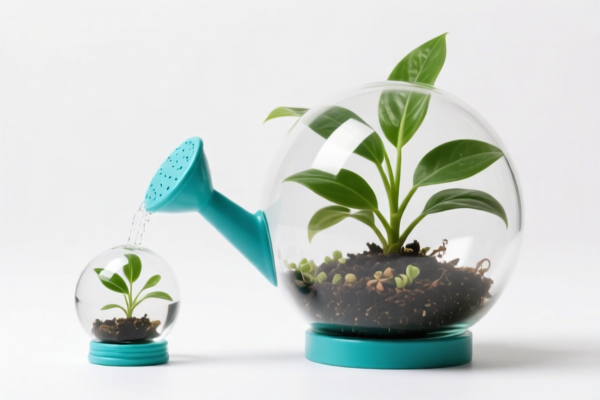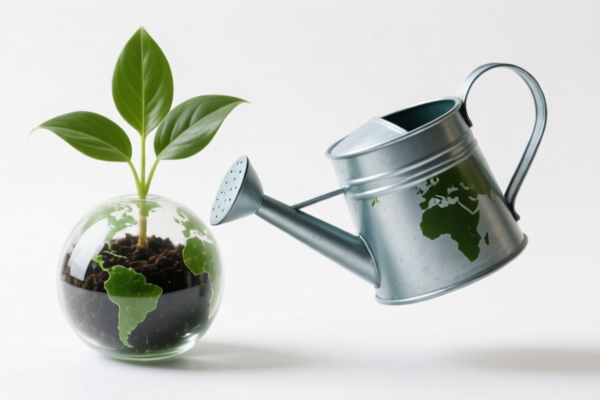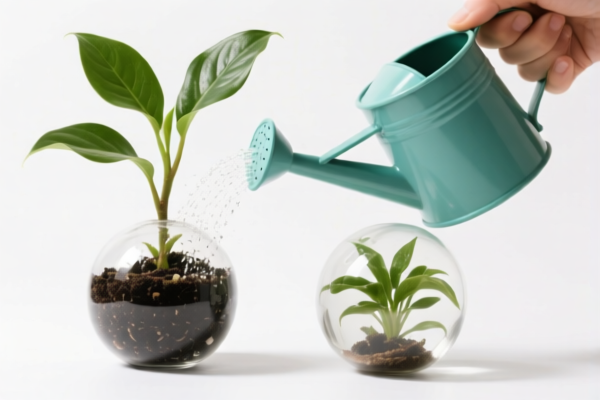| HS Code | Official Doc | Tariff Rate | Origin | Destination | Effective Date |
|---|---|---|---|---|---|
| 7326908688 | Doc | 82.9% | CN | US | 2025-05-12 |
| 3914006000 | Doc | 58.9% | CN | US | 2025-05-12 |
| 6909900000 | Doc | 59.0% | CN | US | 2025-05-12 |




Okay, let's break down the HS codes and tax implications for your declared "PLANT WATERING DEVICES". Here's a structured analysis to help you understand the classification and potential costs:
Understanding HS Codes – A Quick Primer
HS codes (Harmonized System codes) are internationally standardized codes used to classify traded products. They're crucial for determining tariffs, trade regulations, and statistical tracking. The first 6 digits are generally standardized globally, while the last digits can vary by country.
Analysis of Your Declared Items
Here's a breakdown of each item, its HS code, and the associated taxes, along with some important considerations:
1. Item 1: Other articles of iron or steel: Other: Other: Other Other
- HS Code: 7326.90.86.88
- 73: Chapter 73 – Articles of iron or steel. This broadly covers a wide range of iron and steel products.
- 26: Specifically, this refers to other articles of iron or steel.
- 90: Further specifies "other" articles within that category.
- 86: Even more specific classification.
- 88: The most detailed classification. This level often depends on the exact material composition and use.
- Tax Details:
- Basic Duty: 2.9%
- Additional Duty (Tariff): 25.0%
- Post April 2, 2025: Additional Duty increases to 30% for steel and aluminum products.
- Total Tax: 82.9%
- Important Considerations:
- Material Composition: Confirm the exact iron/steel alloy used. Different alloys might fall under different subheadings.
- End Use: While declared for plant watering, confirm if it has other industrial applications.
- Single Piece or Set: If it's a set of components, the classification might change.
2. Item 2: Ion-exchangers based on polymers of headings 3901 to 3913, in primary forms: Other
- HS Code: 3914.00.60.00
- 39: Chapter 39 – Plastics and articles thereof.
- 14: Specifically, ion-exchange resins.
- 00: Further specifies primary forms.
- 60: "Other" classification within primary forms.
- Tax Details:
- Basic Duty: 3.9%
- Additional Duty (Tariff): 25.0%
- Post April 2, 2025: Additional Duty increases to 30%.
- Total Tax: 58.9%
- Important Considerations:
- Polymer Type: The specific polymer used (e.g., polystyrene, acrylic) can affect classification.
- Form: "Primary forms" usually means beads, granules, or powders. If it's been processed into a specific shape, the HS code might change.
- Application: Confirm the exact use of the ion-exchange resin.
3. Item 3: Ceramic wares for laboratory, chemical or other technical uses; ceramic troughs, tubs and similar receptacles of a kind used in agriculture; ceramic pots, jars and similar articles of a kind used for the conveyance or packing of goods: Other
- HS Code: 6909.90.00.00
- 69: Chapter 69 – Ceramic products.
- 09: Specifically, ceramic wares for various uses (lab, chemical, agriculture).
- 90: "Other" classification within this category.
- Tax Details:
- Basic Duty: 4.0%
- Additional Duty (Tariff): 25.0%
- Post April 2, 2025: Additional Duty increases to 30%.
- Total Tax: 59.0%
- Important Considerations:
- Ceramic Type: The specific type of ceramic (e.g., porcelain, stoneware) can be relevant.
- Glaze/Coating: The presence of any glaze or coating might affect classification.
- Intended Use: Confirm if it's specifically for agricultural use, as this is a key factor in this HS code.
Recommendations & Next Steps
- Detailed Product Specifications: Gather precise details about each component of your plant watering devices: materials, dimensions, weight, manufacturing process, and intended use.
- Material Certificates: If possible, obtain material certificates from your supplier to confirm the composition of the iron/steel and polymers.
- Review April 2, 2025 Changes: Be aware of the upcoming tariff changes on steel and aluminum products.
- Consider a Binding Ruling: For complex cases, you can request a binding ruling from customs authorities to get a definitive classification. This can avoid potential issues later.
- Check for Trade Agreements: See if any trade agreements between China and your destination country could offer reduced tariffs.
Disclaimer: I am an AI assistant and this information is for general guidance only. Customs regulations are complex and can change. It is essential to consult with a qualified customs broker or import specialist for accurate and up-to-date advice.
Customer Reviews
The detailed explanation of the HS codes and tariff rates for plant watering devices was exactly what I needed. I'm glad I found this site before shipping my products to the US.
The information about ceramic wares under HS Code 6909900000 was a bit confusing. I had to read it twice to understand the 59.0% tariff rate and the intended use for agricultural purposes.
The breakdown of HS Code 3914006000 was helpful. I learned that the 58.9% tariff rate applies to ion-exchangers made of polymers, which is exactly what I need for my product line.
The HS Code 7326908688 details were really clear. I was able to understand the high tariff rate of 82.9% and what it means for my plant watering devices.